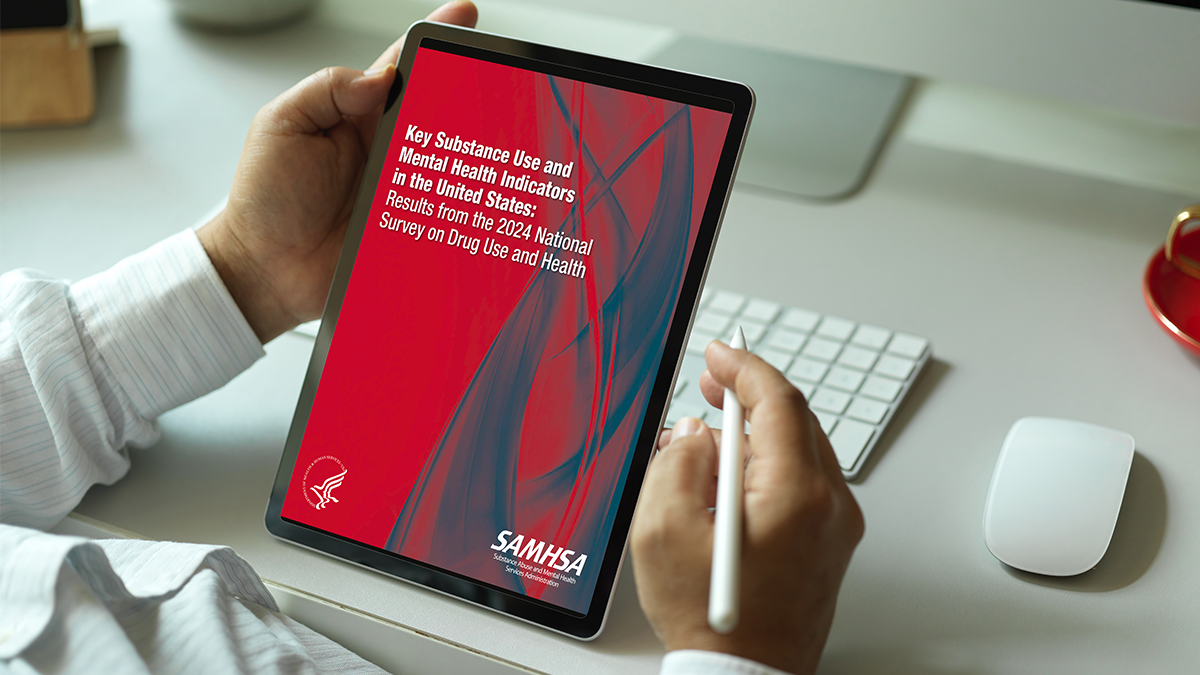Obsessive-Compulsive Disorder (OCD) is a chronic and pervasive mental health condition that can contribute to the presence of obsessive and compulsive symptoms. For many, this includes a pattern of unwanted thoughts that often leads to repetitive behaviors. These symptoms are known to cause significant psychological distress and disruption in everyday life due to the amount of time they take up. Keep reading to learn 8 OCD activities to do with clients in counseling sessions.
OCD symptoms often have an identifiable theme, such as a fear of contamination, needing things to be in order or balanced, experiencing aggressive and unwanted thoughts about harming oneself or others, and other unwanted thoughts that are aggressive, sexual, or involve religion. There are variations in the severity of obsessions and compulsions among those affected, which may also present differently during different stages of life.
OCD symptoms often begin in the teen and young adult years, though it is a condition that may begin during childhood years. For many, symptoms intensify during periods of high stress, transition, or change, regardless of their age. The National Institute of Mental Health (NIH) estimated that approximately 1.2% of adults in the U.S. were struggling with OCD within the last year, with higher rates observed among women compared to men. The lifetime prevalence of this condition is believed to be 2.3%. Half of the adults who were living with OCD in the last year experienced severe symptoms, while about 35% experienced moderate symptoms, and about 15% had mild symptoms.
Medications may be recommended as a treatment option for those who are struggling with OCD. Research has indicated that between 40 to 60% of those who take medications for OCD experience a reduction in their symptoms. Medications are closely monitored by healthcare professionals, and tailored to each individual. Serotonin Reuptake Inhibitors (SRIs) are a commonly used medication for treating OCD. Medications can be used to enhance the effects of psychotherapy by providing personalized and comprehensive care.
Children who are living with OCD often engage in compulsive behaviors because they believe that these behaviors will help them feel better or prevent something bad from happening. Despite this belief, the behaviors children engage in are generally not connected to situations that put them in actual danger. Children who are showing signs of OCD are often given a comprehensive mental health assessment that looks for additional conditions like a current or past tic disorder, anxiety, depression, and other disruptive behaviors.
How OCD Activities Can Help Your Clients
OCD activities are often used as a component of a comprehensive treatment plan. Treatment plans can include psychotherapy, medications, support groups, and other mental health support services. Treatment is typically grounded in evidence-based approaches that have been proven to effectively treat OCD, such as Cognitive Behavioral Therapy (CBT) and Exposure and Response Prevention (ERP). Treatment is tailored to each individual to ensure that their specific obsessions and compulsions are being addressed appropriately.
There are several benefits that your client can experience when you incorporate OCD activities into psychotherapy sessions. This can include improving emotional regulation skills, gaining new awareness and insights, promoting engagement in treatment, enhancing social support, and reducing avoidance behaviors.
Depending on your clinical setting and approach, you may choose to incorporate therapeutic worksheets into your sessions. TherapyByPro is a leading resource for mental health professionals, offering worksheets for OCD exercises for adults and children. Examples of which include
OCD Activities and Exercises for Your Clients
There will be notable differences between activities for kids with OCD and adults. These differences will account for developmental and skill variations. Your client’s treatment plan will be specific to their unique needs, which may look different from other clients you work with. Continue reading as we walk through specific OCD activity examples for adults and kids living with OCD.
OCD Exercises for Adults
- Exposure and Response Prevention (ERP) exercises can be used to gently encourage clients to confront their obsessive triggers, such as touching a handrail that is commonly followed by a compulsion to wash their hands immediately. This activity can help clients teach their brain that the consequences they fear do not occur when they break the cycles of their OCD. You can begin with mild triggers and work your way up your client’s identified hierarchy to increase intensity. This can be done in therapy or encouraged as a homework assignment. Ensure that you have time allotted to process their experience, what helped them, and what they could modify in the future.
- Another example of a homework assignment that clients can use is cognitive restructuring journaling exercises. Encourage your client to track their obsessions and look for the irrational thought patterns. From there, your client can work to challenge these thoughts with healthier alternatives. Over time, your client will learn to recognize their unhealthy automatic thoughts and recognize distortions like overgeneralizing or catastrophizing that contribute to their OCD symptoms. This can help decrease the frequency and intensity of the symptoms that they experience.
- Mindfulness exercises can be incorporated into therapy sessions. Depending on your client’s needs, this can include deep breathing practices, body scanning, and meditation. These practices can help your client practice being in the moment without judging their thoughts and other experiences. It can be helpful to introduce these skills to your client before introducing certain CBT and ERP practices so that they have distress tolerance skills at their disposal.
- Exposure exercises can be done through the use of your client’s imagination. You can encourage your client to clearly and thoroughly detail their feared scenario through writing. Once they have the necessary skills, you can begin having them read the feared situation aloud while helping them not engage in avoidance behaviors. This exercise can help decrease some of the fears tied to their identified situation, allowing them to confront situations they may not be able to do in person.
Activities for kids with OCD
- Children may benefit from creating a thought box in session. With this activity, you would provide your client with the materials needed to decorate a box that they would put their obsessive thoughts in. Once the box is decorated, they will write their thoughts on a small piece of paper and put it into the box. This activity can help kids externalize their thoughts, allowing them to separate themselves from their thoughts.
- Depending on the thoughts associated with your clients’ obsessions, you may be able to incorporate exposure practices into play. As an example, if your client has a fear of germs or contamination, you may take time to play with more than one toy without washing hands in between. This can be a simple and engaging way to incorporate exposure methods without overwhelming your client. You can use a hierarchy of feared situations to help guide this activity.
- You can help your client create a feelings thermometer chart. This is a visual tool that can help clients rate their anxiety or level of psychological distress. Their chart can include the use of colors ranging from red to yellow to green, or include pictures of different facial expressions that represent varying levels of distress. This activity can be impactful with younger children who may not have the vocabulary or emotional intelligence skills to describe their feelings.
- Similar to other mental health conditions, children’s treatment plans for OCD commonly include their parents or guardians. You may find it appropriate to assign homework for the parents to complete with your client. This can include things like completing structured tasks without the typical parental support. This allows parents to begin implementing skills and changes learned in session within the home.
Final Thoughts On Choosing The Right OCD Activities for your Clients
Thank you for reading through this resource on 8 OCD activities to do with clients in counseling sessions. Being thoughtful about the therapeutic OCD activities that you bring into session can have a powerful impact on your clients’ healing journey, regardless of their age. Activities can take psychotherapy to another level, allowing your clients to learn, practice, and implement skills that can decrease the toll that their OCD symptoms have on everyday life. OCD activities are customizable, allowing you to tailor them to your client’s needs, interests, and supports outside of the session. With the right support and interventions, you can help your client experience observable growth and long-term resiliency.
If you would like to learn more about working with clients who are living with OCD and effective treatment approaches, we encourage you to explore available training and continuing education opportunities. Supervision is an invaluable tool for those who are actively working to incorporate new clinical skills.
TherapyByPro is a trusted resource for mental health professionals worldwide. Our therapy tools are designed with one mission in mind: to save you time and help you focus on what truly matters-your clients. Every worksheet, counseling script, and therapy poster in our shop is professionally crafted to simplify your workflow, enhance your sessions, reduce stress, and most of all, help your clients.
Want to reach more clients? We can help! TherapyByPro is also a therapist directory designed to help you reach new clients, highlight your expertise, and make a meaningful impact in the lives of others.
Resources:










